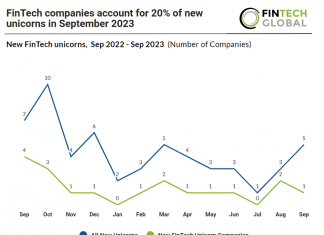Adverse media screening has become an integral component in the finance industry, especially in relation to Anti-Money Laundering (AML) compliance. RegTech company Alessa recently delved into why financial institutions should care about adverse media screening.
The crux of adverse media screening is the process of scanning publicly available information for signs of illicit or unethical activities associated with an individual or a corporation. This may encompass news articles, blogs, social media posts, and any other form of media portraying a potential customer or business associate in a negative light.
The process of adverse media screening generally involves several stages. Initially, data related to the customer or business associate is gathered from diverse sources as part of the standard Know Your Customer (KYC) process. Subsequently, the institution sifts through various media channels to locate any adverse information about the concerned individual or organisation. The severity of the identified risk is then evaluated considering factors such as the nature, credibility, timeliness, and potential impact of the negative information. Finally, alerts are raised and appropriate action is taken based on the institution’s policies and the risk severity.
The implementation of adverse media screening can either be manual or automated with specialised software. Regardless of the method, the primary aim is to recognise and mitigate potential risks tied to individuals or organisations efficiently.
Financial institutions bear the responsibility to understand their customers thoroughly, and adverse media screening is pivotal in this regard. It significantly contributes to risk management and compliance in several key areas. It enables institutions to comply with AML and CTF regulations such as the USA PATRIOT Act and the Financial Action Task Force (FATF) standards.
Adverse media screening is vital for both Customer Due Diligence (CDD) and Enhanced Due Diligence (EDD) processes. Institutions can leverage this tool to meet regulatory obligations, including understanding the nature and purpose of customer relationships as required by FinCEN’s CDD Final Rule. This process often involves checking the customer against diverse databases, including media sources, to build a comprehensive risk profile.
Furthermore, adverse media screening is key in managing reputational risk. Financial institutions need to know if they are engaging with entities or individuals that could potentially damage their reputation.
Adverse media screening, although complex, can be made effective through several best practices. These include checking a broad range of sources, maintaining detailed records of alerts, conducting screening on Ultimate Beneficial Owners (UBOs), being vigilant of Politically Exposed Persons (PEPs), using the screening alongside watchlist and sanctions screening, combining automated screening with manual reviews, and conducting ongoing screening for existing customers.
On the other hand, manual screening for adverse media has its limitations, considering the vast volume of data available and the diverse sources of information. In such cases, companies like Alessa can come to the rescue. In collaboration with CLEAR Adverse Media from Thompson Reuters, Alessa offers an integrated AML compliance software solution, providing a comprehensive adverse media screening for their clients.
Read the full post here.
Keep up with all the latest FinTech news here
Copyright © 2023 FinTech Global











